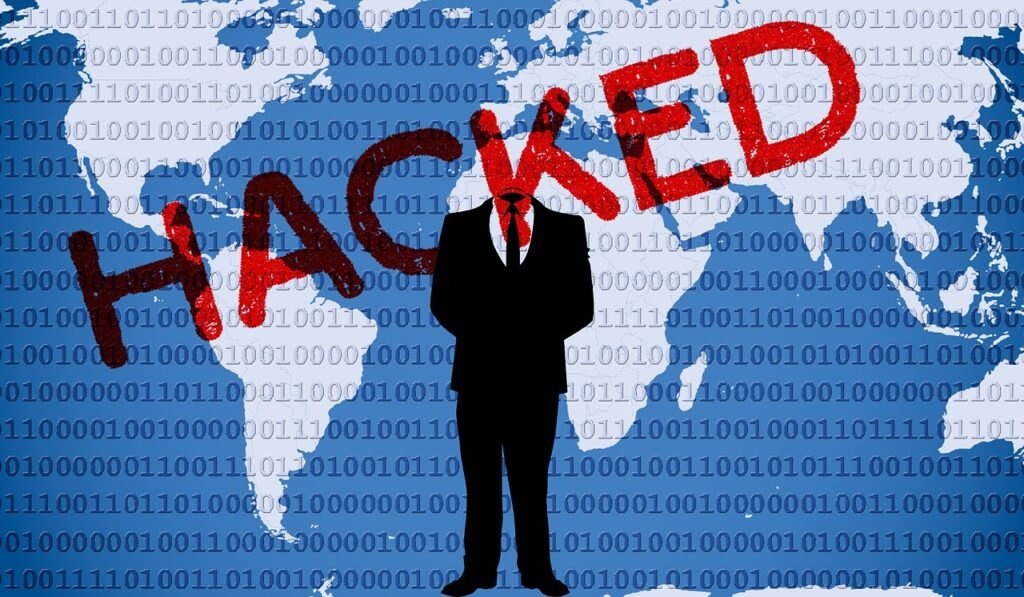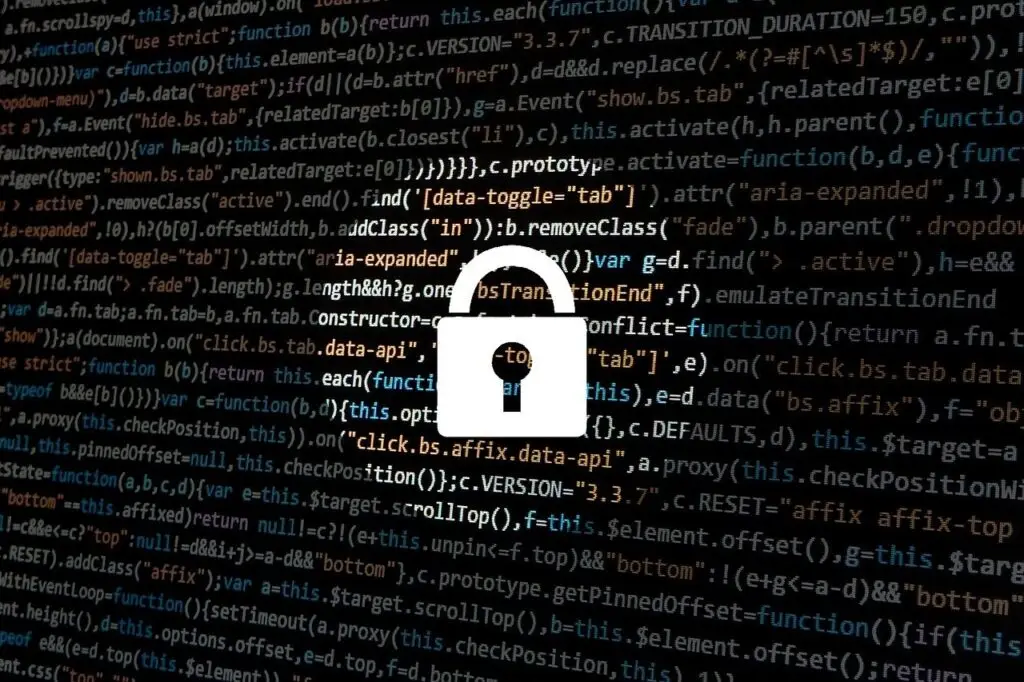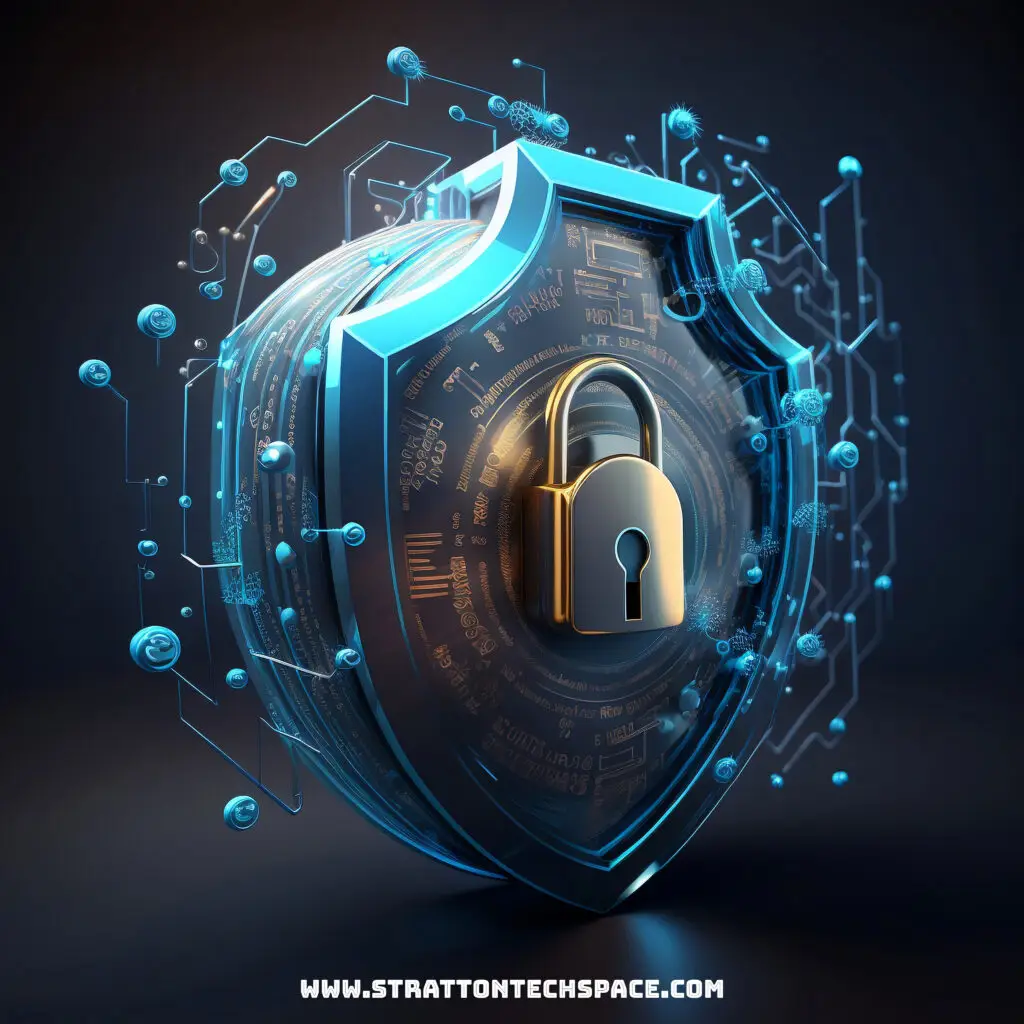In an age of digital interactions, social media platforms have become an essential part of our everyday lives. Facebook, Twitter, Instagram, and other social media platforms enable us to interact with friends, family, and the rest of the globe. However, the convenience of these platforms has a huge drawback: the ongoing fear of hacking.
Protecting your social media accounts is critical for preserving your privacy and online security. This comprehensive tutorial will lead you through the procedures you need to take to keep your Facebook, Twitter, Instagram, and other social media accounts secure from hackers.
1. Strong Passwords are the First Line of Defense
Securing your social media accounts begins with creating a strong, unique password. Avoid passwords that are easily guessed, such as “123456” or “password.” Choose a combination of uppercase and lowercase letters, numbers, and symbols. Make sure your password is at least 12 characters long and not related to any personal information, such as your name or birthdate. Consider creating a passphrase that is simple for you to remember but difficult for others to guess.
2. Enable Two-Factor Authentication (2FA)
Two-factor authentication adds an extra layer of security to your social media accounts. By requiring a secondary verification method, such as a text message code or authentication app, even if a hacker obtains your password, they won’t be able to access your account without the additional authentication step. Enable 2FA wherever possible to fortify your account security.
3. Regularly Update Your Passwords
Frequently changing your passwords is a simple yet effective way to thwart hacking attempts. Set a schedule to update your passwords at least every three to six months. Avoid reusing passwords across multiple accounts to prevent a domino effect in case one account is compromised.
4. Be Wary of Phishing Attempts
Phishing is a common tactic used by hackers to trick individuals into revealing their login credentials. Be cautious of unsolicited emails, messages, or links asking for your username and password. Legitimate platforms will never request sensitive information through email or direct messages. Always double-check the sender’s identity and URLs before clicking on any links.
5. Regularly Monitor Account Activity
Keep a close eye on your social media account activity. Many platforms offer features that allow you to review recent logins and devices connected to your account. If you notice any unfamiliar activity, take immediate action. Most platforms provide options to log out of all sessions or devices remotely.
6. Use a Secure Internet Connection
Avoid logging into your social media accounts using public Wi-Fi networks, as they can be vulnerable to hacking attempts. Opt for secure, password-protected networks, and consider using a virtual private network (VPN) for an additional layer of protection, especially when accessing your accounts from public places.
Frequently Asked Questions (FAQs)
Q1: How do I choose a secure password?
A1: Choose a password that is at least 12 characters long, includes a mix of uppercase and lowercase letters, numbers, and symbols. Avoid using easily guessable information like your name, birthday, or common words.
Q2: Is two-factor authentication necessary?
A2: Yes, enabling two-factor authentication adds an extra layer of security to your accounts. Even if someone obtains your password, they would still need a second form of verification to access your account.
Q3: What should I do if I suspect my account is compromised?
A3: Immediately change your password, enable two-factor authentication if not already enabled, and review recent account activity. Report any suspicious activity to the platform’s support team.
Q4: Can I trust third-party apps and websites with my social media login credentials?
A4: It’s advisable to avoid granting access to third-party apps and websites unless absolutely necessary. Be cautious and review the permissions requested by these apps before granting access.
Q5: How often should I update my passwords?
A5: Aim to update your passwords every three to six months. Regularly changing passwords adds an extra layer of security to your accounts.
Conclusion
Securing your social media accounts is an ongoing process that requires vigilance and proactive measures. By implementing strong passwords, enabling two-factor authentication, and staying informed about potential threats like phishing, you can significantly reduce the risk of your accounts being hacked. Regularly monitoring account activity and using secure internet connections further enhance your overall online safety. Remember, investing time in securing your social media accounts today can save you from potential headaches and privacy breaches in the future. Stay vigilant, stay secure.



